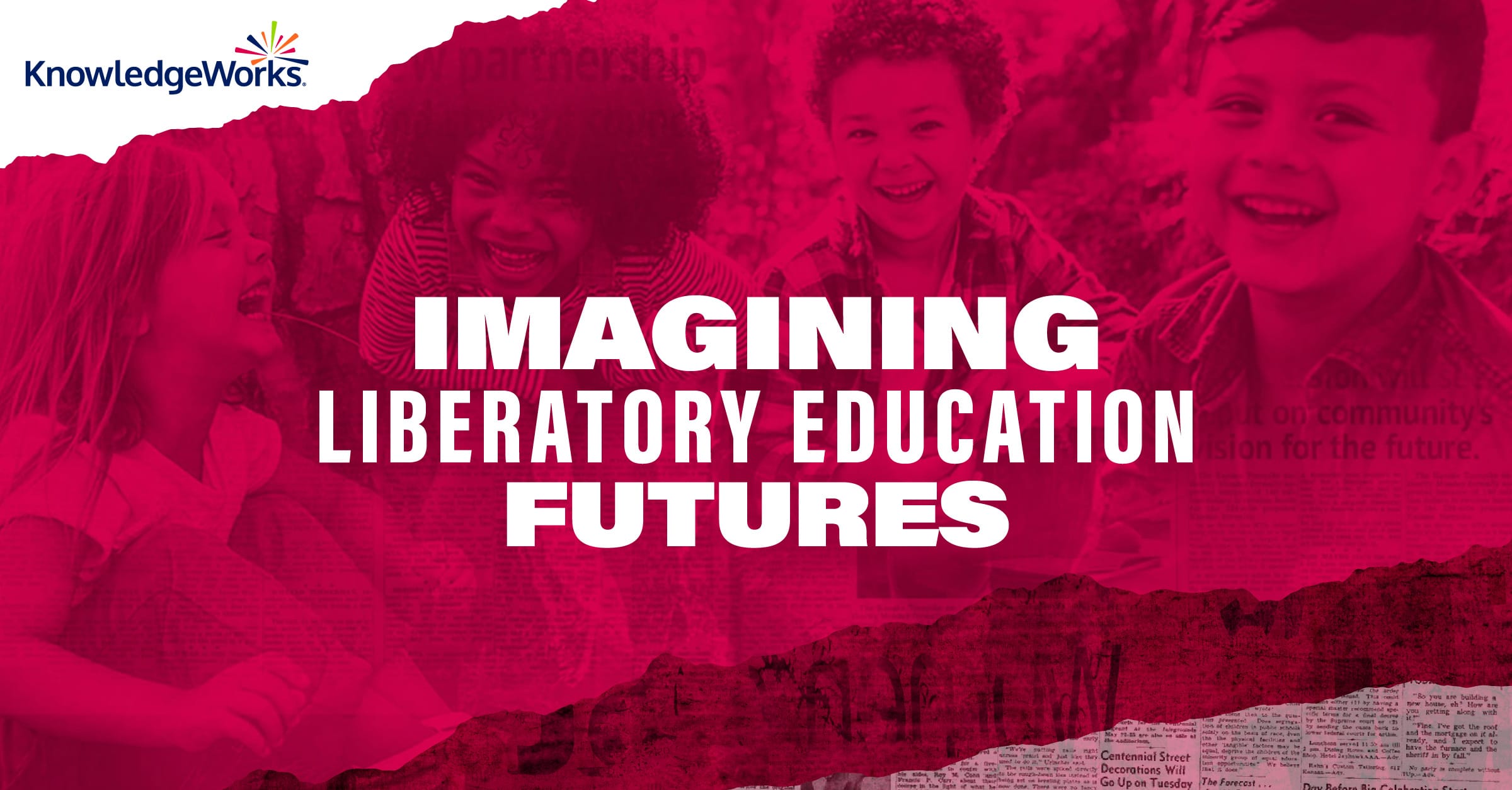Making sense of future possibilities can be challenging, but the rewards are great. Mapping Your Journey into Liberatory Education Futures invites people to create their own strategies for working toward desired futures through a series of structures exercises. When the seven provided activities are completed in sequence, users will come away with insights about the future of education and action steps for how to get there.
As you consider what you want learning to look like in 10 years and how you might pursue that vision today, the tips below can help you work with others and avoid potential pitfalls.
1. Balance future perspective with current demands.
Spending time thinking about the future might not feel like the best use of time when today’s goals and challenges are so pressing. But grappling with long-term possibilities can help clarify current priorities and unearth new opportunities, ensuring that your organization’s current approaches remain relevant and keeping you and your colleagues from being blindsided by unexpected change.
2. Create a safe space.
Exploring future possibilities can trigger a variety of emotions: fear, excitement, grief, hope. People need time to process their feelings before they can begin making connections. Give yourself and others time to process emotional responses. You might even consider positioning the future as a safe space of exploration in which people can unfetter their thinking and explore multiple possibilities.
3. Look at all sides.
It’s easy to get bogged down in gloomy scenarios or place undue emphasis on those that have great promise. People tend to project today’s frustrations on tomorrow’s possibilities or assume that positive aspects of the present will continue. Encourage people to examine both positive and negative implications and to acknowledge that not everyone views any given change the same way. Increasingly, we need to challenge ourselves to ask, “Whose future are we planning for?” when considering what today’s unfolding changes could mean in ten or more years. Sometimes, the same change can have both positive and negative implications depending on the vantage point.
4. Keep your eyes on the horizon.
Because future forecasts typically look further out than most strategic plans do, it can be challenging to imagine just how different things could be. While considering future possibilities can inform vision and strategic planning, a great deal of interpretation needs to come between exploring future possibilities and applying them to any given setting. Using foresight to inform strategy can be fruitful, but mistaking foresight for strategy or expecting future possibilities to make sense within today’s reality can lead to frustration.
5. Be bold.
It is important to encourage openness to possibility and to probe the unknown. Sometimes ideas that seem impractical or implausible in the short term might represent important considerations for long-term change. For example, resources and supports that are inaccessible to learners today should not dictate what could be possible in the future. Resist the urge to limit your thinking to what seems possible right now.
We can all be leaders in shaping the future of learning. These tips can help you and others set an informed but aspirational course and find pathways forward when obstacles or new opportunities arise.
With these tips in mind, use this toolkit, designed to help anyone who cares about the future of learning map their journey to liberatory education.






